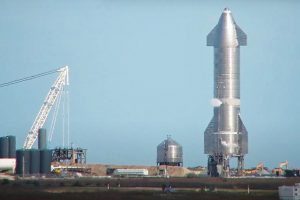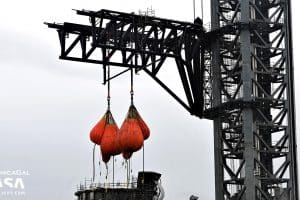Estimated reading time: 5 minutes
SpaceX has completely scrapped the wreckage of the first high-altitude Starship prototype in spite of preliminary restoration plans, clearing the landing zone it affected for the imminent launch debut of its successor.
Known as serial number 8 or SN8, during its stunning launch debut on December 9th, the Starship prototype was the first of any kind to fly above 150 meters (~500 ft), reaching an altitude of 12.5 km (~7.8 mi). SpaceX kept the thrust to weight ratio of Starship SN8 as low as possible in an unforeseen twist, stretching what should have been a two or three-minute test into a nearly seven-minute ordeal with three consecutive Raptor engine cutoffs during the ascent.
SN8 used cold gas thrusters at apogee to flip into a belly-down orientation and free-fell ~95% of the way back to Earth before igniting two of its three Raptor engines, flipping back into a vertical landing position with a wild powered flip, and almost securing a soft landing. Unfortunately, about 10-20 seconds before the expected landing, what Musk later identified as low methane header tank pressure starved the fuel engines of the Starship and more or less cut all appreciable thrust, causing SN8 to fly about 40 m/s (~90 mph) too quickly to reach its landing zone. The concrete pad was affected by the missile, crumpled, and exploded.
According to all sources, success was one of the less likely results anticipated by SpaceX from the high-altitude debut of SN8, with Musk himself predicting that the chances of overall success were just 33 percent. In addition, Starship SN8 effectively made it all the way to a low-speed landing regime that in August and September 2020, Starships SN5 and SN6 all but flawlessly demonstrated with back-to-back 150m hops and landings.

In other words, the high-altitude launch debut of SN8 was a spectacular success for SpaceX’s Starship program despite the explosive end, probably even preferable to a perfect landing since it revealed an unforeseen fuel tank pressurization problem. The Starship checked every single box on the SpaceX test flight list beyond the landing failure, successfully debuting several Raptors, displaying multiple in-flight engine shutdowns and engine relights; demonstrating that an unparalleled ‘skydiver-style’ landing maneuver is feasible; and successfully checking Starship’s ability to stabilize itself with thruster-style in the bellyflop orientation
In the words of pragmatic SpaceX COO and President Gwynne Shotwell, speaking in a recent interview with Ars Technica, SN8’s launch debut “de-risked [the Starship] program pretty massively.” According to Musk, SpaceX engineers were able to quickly determine why the methane header tank of Starship SN8 was unable to sustain the fuel flow (pressure) needed for Raptor’s landing burn(s) and quickly implemented a solution.
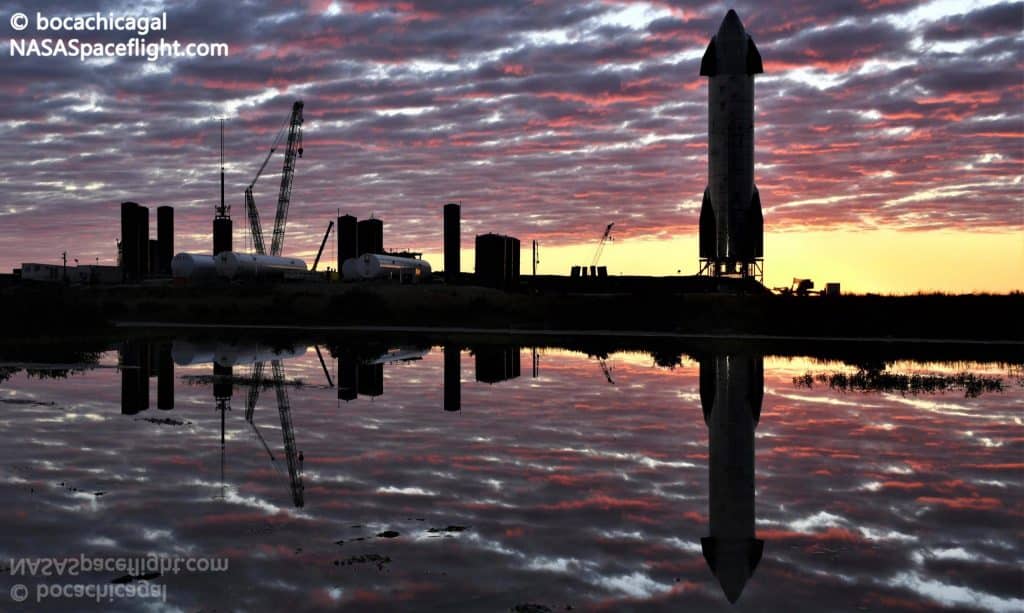
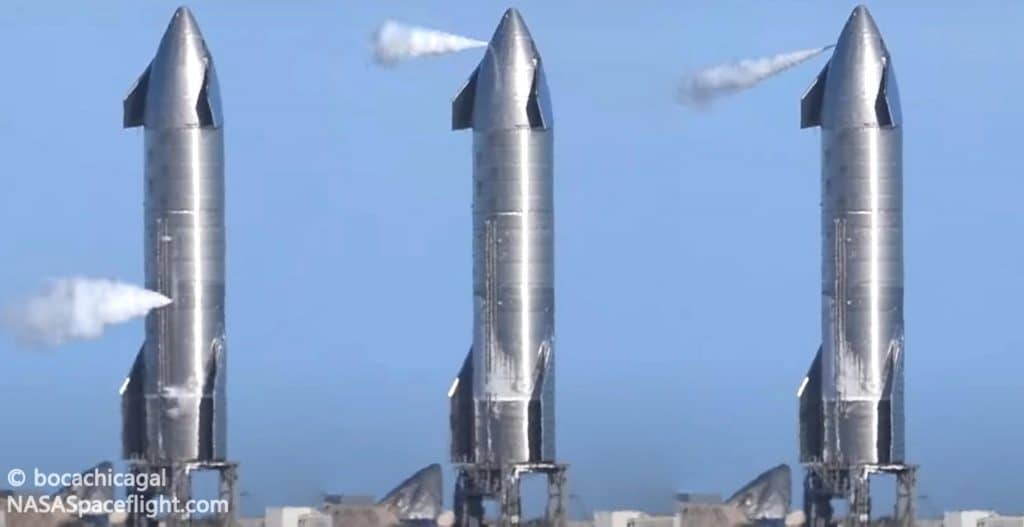
Starship SN9 will use helium to pressurize its fuel header tank instead of pressurizing autogenously with methane gas, acting as a temporary workaround until SpaceX decides what improvements need to be made in order to get rid of the helium crutch. The only thing left between Starship SN9 and its own 12.5 km launch debut is a triple-Raptor static fire drill, now cleared of Starship remains and SN8’s impact crater more or less repaired. SpaceX never made it more than a few minutes into the attempt, initially planned as early as January 4th, although a backup window on January 5th was canceled later that evening. No earlier than (NET) Wednesday, January 6th, the test will now take place.

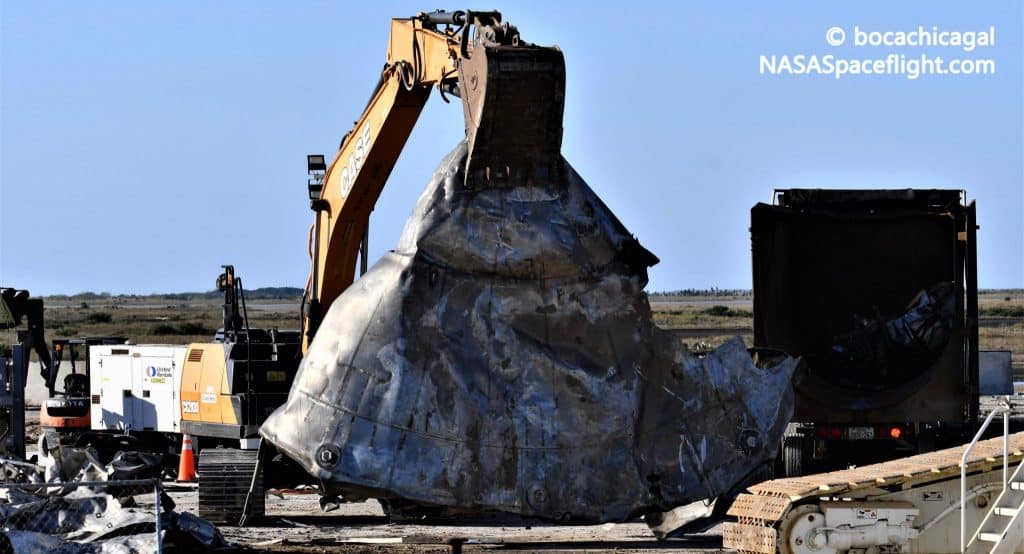
Fortunately, although SpaceX was unable to save the entire ruined nose section of Starship SN8, the company did manage to extract a largely intact nose flap. The majority of the remains have been scrapped on site and trucked away, but some essential SN8 components, particularly the recovered flap, could eventually be on display at one or more SpaceX facilities.
Want to buy a Tesla Model 3, Model Y, Model S, or Model X? Feel free to use my referral code to get some free Supercharging miles with your purchase: http://ts.la/guanyu3423
You can also get a $100 discount on Tesla Solar with that code.


